Timeline: 1900-1950
These decades are the era of some of the most ardent battles for wilderness preservation of our time.
"The tendency nowadays to wander in wilderness is delightful to see. Thousands of tired, over-civilized people are beginning to find out that going to the mountains is going home; that wildness is a necessity; and that mountain parks and reservations are useful not only as fountains of timber and irrigating rivers, but fountains of life."
—John Muir from Our National Parks, 1901
-
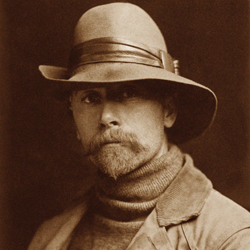
1900
Edward S. Curtis exhibits his ethnological photographic studies of vanishing Western Indian tribes.
-
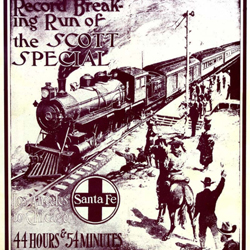
1901
The Santa Fe Railway makes the Grand Canyon accessible to the public by train.
-
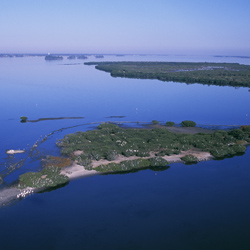
1903
President Theodore Roosevelt sets aside vast acres of federal forest land and creates the first national wildlife refuge at Florida's Pelican Island.
-
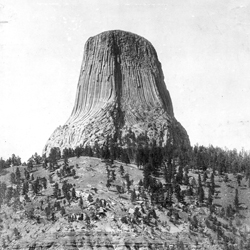
1906
Passage of the Antiquities Act allows U.S. presidents to proclaim national monuments without an additional act of Congress. Devil's Tower becomes the first national monument.
-
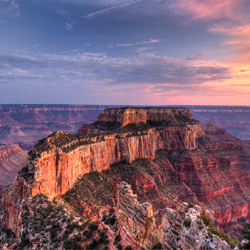
1908
Grand Canyon National Monument is established by President Theodore Roosevelt.
-
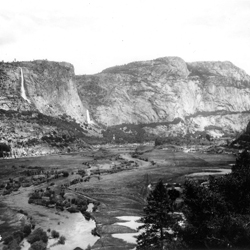
1913
A landmark conservation battle is lost when legislation is passed to allow development of a dam at Yosemite's Hetch Hetchy Valley.
-
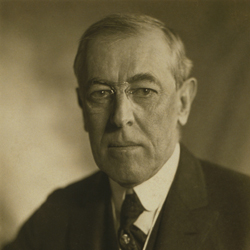
1916
President Woodrow Wilson passes the National Parks Bill, which includes key language drafted by Frederick Law Olmstead.
-
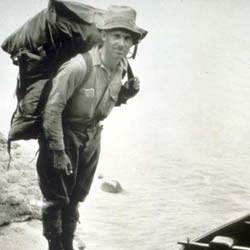
1920
Landscape architect Arthur Carhart proposes the first designation of an undeveloped and roadless area at Trapper's Lake in Colorado.
-
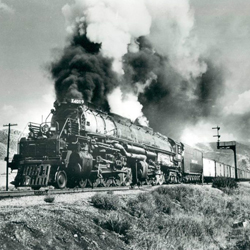
1920
The Union Pacific Railroad makes the Southwest accessible by train.
-
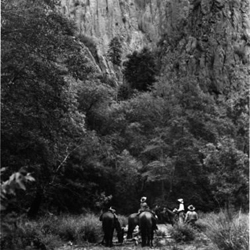
1924
Ecologist Aldo Leopold achieves designation of the first official wilderness area: the Gila Wilderness in New Mexico.
-
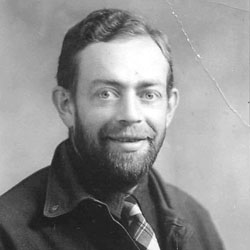
1935
Forester Robert Marshall helps found the Wilderness Society.
-
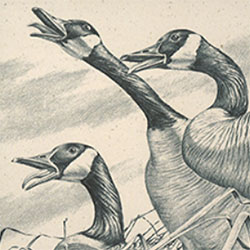
1949
Aldo Leopold publishes A Sound County Almanac, a book that made the idea of land ethic and what it is spread throughout the public.